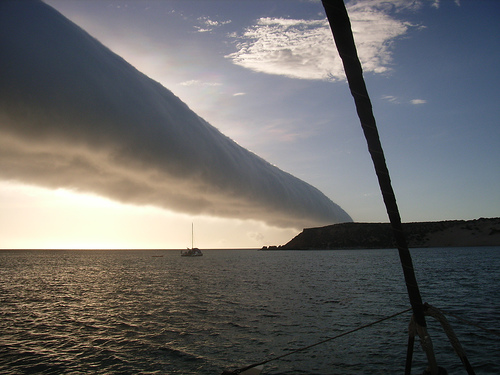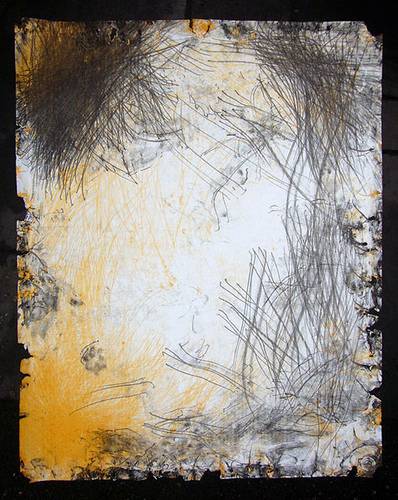(“An Unpublished Poem by Burns”)
O mickle yeuks the keckle doup,
An’ a’ unsicker girns the graith,
For wae and wae! the crowdies loup
O’er jouk an’ hallan, braw an’ baith
Where ance the coggie hirpled fair,
And blithesome poortith toomed the loof,
There’s nae a burnie giglet rare
But blaws in ilka jinking coof.
The routhie bield that gars the gear
Is gone where glint the pawky een.
And aye the stound is birkin lear
Where sconnered yowies wheeped yestreen,
The creeshie rax wi’ skelpin’ kaes
Nae mair the howdie bicker whangs,
Nor weanies in their wee bit claes
Glour light as lammies wi’ their sangs.
Yet leeze me on my bonny byke!
My drappie aiblins blinks the noo,
An’ leesome luve has lapt the dyke
Forgatherin’ just a wee bit fou.
And Scotia! while thy rantin’ lunt
Is mirk and moop with gowans fine,
I’ll stowlins pit my unco brunt,
An’ cleek my duds for auld lang syne.
— Punch, collected in James Parton, The Humorous Poetry of the English Language, 1884



